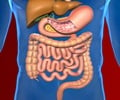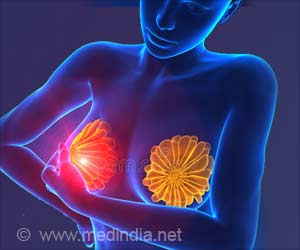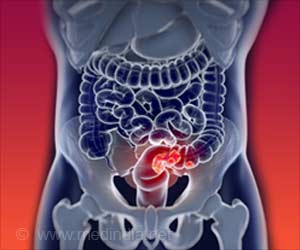Glycolysis, or the rates of energy-generating metabolic pathway, has been known to be higher in Cancer cells.
Glycolysis, or the rates of energy-generating metabolic pathway, has been known to be higher in Cancer cells. This enhanced glycolysis, a phenomenon known as the Warburg effect, is thought to allow cancer cells to survive the oxygen-deficient conditions they experience in the center of solid tumors. A study in The Journal of Cell Biology reveals how damaged cells normally switch off glycolysis as they shut down and shows that defects in this process may contribute to the early stages of tumor development.
Various stresses can cause cells to cease proliferating and enter an inactive state known as "senescence" that prevents their transformation into tumor cells. In 2005, Hiroshi Kondoh and colleagues found that cells normally limit glycolysis as they enter senescence and that increasing the levels of the glycolytic enzyme PGAM can prevent cells from exiting the cell cycle. PGAM is increased in many tumors, stimulating glycolysis and other important pathways. But how cells regulate PGAM has been unclear.
Working at Kyoto University in Japan, Kondoh and colleagues followed up on their previous work and found that, in response to DNA damage or oncogene expression, PGAM was degraded, thereby inhibiting glycolysis as the cells entered senescence. The enzyme Mdm2 targeted PGAM for degradation in response to these senescence-inducing stresses.
"Mdm2 can clearly, in some cases, act as a tumor suppressor by destabilizing PGAM," says Kondoh. Recent studies have emphasized the importance of PGAM as a therapeutic target for cancer management. Identifying the modulators of PGAM stability might open up new avenues for intervention.
Source-Eurekalert

 MEDINDIA
MEDINDIA




 Email
Email




